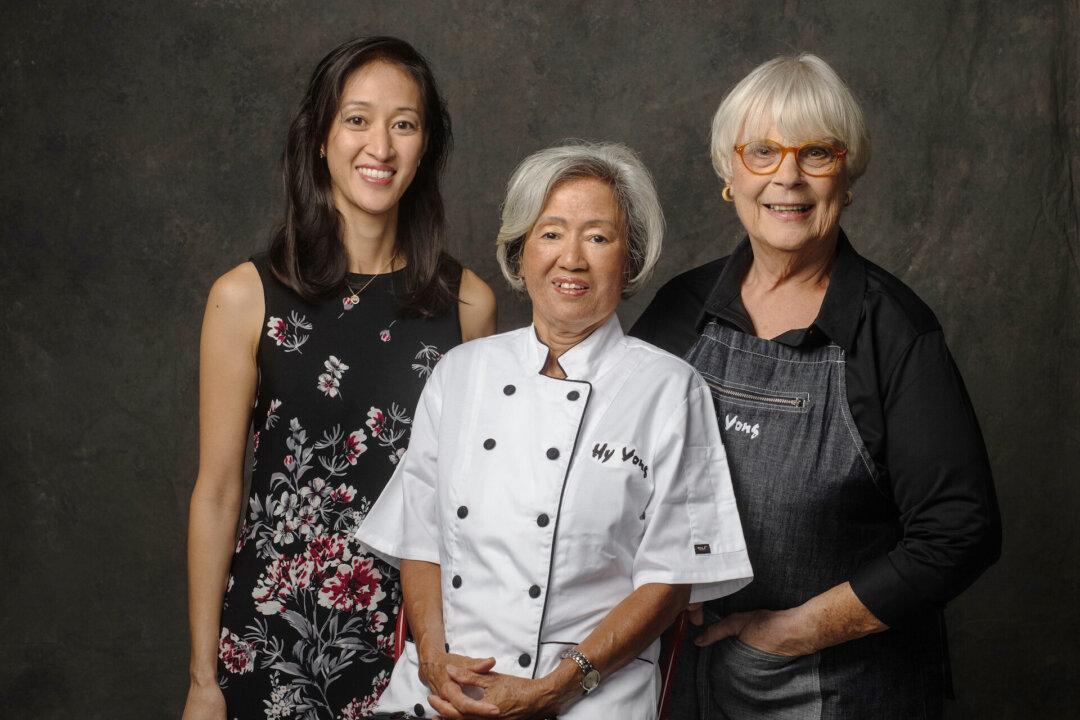As we look ahead to (hopefully) greener pastures, one thing is more evident than ever before: Our home environments matter, and in fact they play a major role in the general productivity and satisfaction levels of our everyday lives. What’s more, they prescribe or at least reflect the state of our minds and well-being: If chaos and clutter are our constant companions, their byproducts stress and anxiety promise to arrive uninvited, too.
If it took 2020’s barrage of upheavals to reveal the lack of organization and order in your home, you’re not alone. According to a survey of 2,000 homeowners by online interior design company Modsy, the pandemic made 60 percent of respondents realize their homes were disorganized, and 77 percent were so stressed by their at-home surroundings that they undertook DIY redesign projects.





